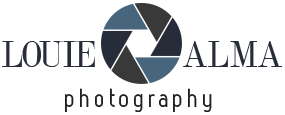Fifty Years On: Agatha Christie and the Allure of the Nile
As the 50th anniversary of Agatha Christie’s death approaches on 12 January 2026, Original Travel reports surging interest in the Nile and their Steam Ship Sudan, on which Christie sailed in 1933 – a journey that inspired one of Hercule Poirot’s most famous cases.
As the sole UK operator of the SS Sudan, the specialists in tailor-made travel reveals that fans are now booking years in advance to secure a place on the Nile steamer – especially the sought-after Agatha Christie Cabin, where the author stayed with her husband, archaeologist Max Mallowan.





